Brief Introduction
The Advanced Carbon Division is working on the synthesis, properties, and applications of nanostructured carbon materials, high-performance bulk carbon materials, and energy storage and conversion materials, including hydrogen storage materials, solar energy conversion materials, and electrode materials for batteries and supercapacitors. The morphology, structure, and composition of these materials are designed and controlled by tuning the synthesis parameters of chemical vapor deposition, chemical exfoliation, high-energy ball milling, and hydrothermal reactions. Materials with excellent properties are explored for applications. Currently, the division mainly focuses on the following topics: controllable synthesis, property and application of carbon nanotubes and graphene, design and synthesis of hydrogen storage materials and solar energy conversion materials, fabrication and application of electrochemical energy storage materials, and isotropic pyrolytic carbon and graphite materials, among others.
Research Areas
♦ Carbon Nanotubes
Development of methods and principles for control of carbon nanotube chirality and transport properties and exploration of the applications of carbon nanotubes in lithium-ion batteries, transparent conductive films, composites, and thin-film transistors, etc.
♦ Graphene
Controlled synthesis of graphene and other two-dimensional atomic crystals and exploration of their novel physical properties and applications in optoelectronics, energy storage, and composites, among others.
♦ Hydrogen Storage Materials
Development of high-capacity reversible hydrogen storage materials and chemical hydrides for mobile and portable applications.
♦ Electrochemical Energy Storage Materials
Development of carbon-based and other materials for high-performance energy storage devices, such as supercapacitors, lithium-ion batteries, and lithium-sulfur batteries.
♦ Solar Energy Conversion Materials
Development of solar energy conversion materials for hydrogen production from water splitting and the conversion of carbon dioxide.
Research Highlights
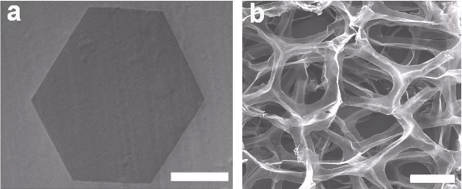
Fig. 1. (a) Millimeter-size hexagonal single-crystal graphene and (b) three-dimensional interconnected graphene network grown by chemical vapor deposition. Scale bars = 200µm.
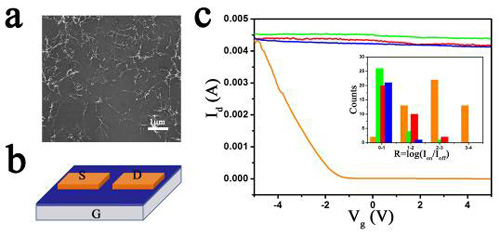
Fig. 2. Construction and property characterization of field effect transistors based on semi-conducting single-walled carbon nanotubes directly synthesized by floating-catalyst chemical vapor deposition.
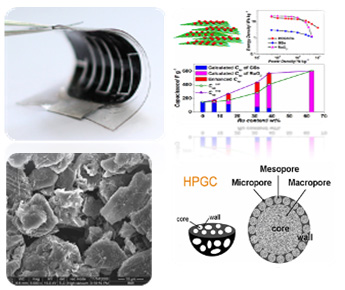
Fig. 3. Flexible supercapacitor, graphene/carbon nanotube-based composite electrode materials, and hierarchical porous carbon electrode materials.
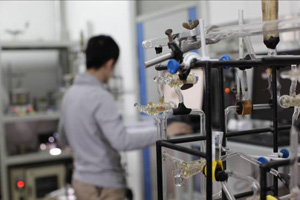
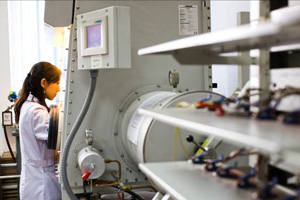
Please click here to visit the website